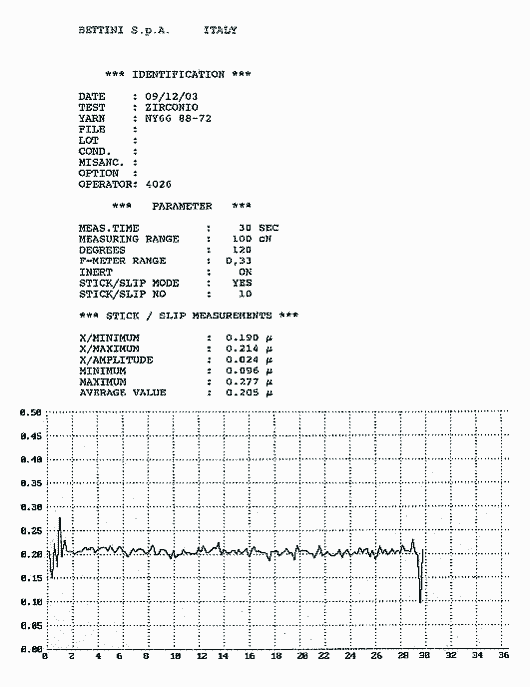




PROCESSES
 |
 |
 |
 |
 |
|||
| SUGGESTIONS | CATALOGUE | MATERIALS
& PROCESSES |
COMPANY | NEWS | CONTACTS | ||
|
| ZIRCONIUM OXIDE | |||||||||||||||||||||||||||||||||||||||||||||||||||||||||||||||||||||||||
| The product | Zirconium oxide is obtained by chemical or electro-fusion processes from natural products such as zirconium silicate and baddeleyte. Pure zirconium oxide is useless as a ceramic because it undergoes a phase change as it passes through temperatures around 1000°C. The resulting change in volume disrupts any sintered article. It is then stabilised with MgO or Y2O3. | ||||||||||||||||||||||||||||||||||||||||||||||||||||||||||||||||||||||||
| Properties | Zirconium oxide stabilised with yttrium (ZrO2Y-PSZ):
excellent toughness; high bending strength; excellent cutting qualities, low friction coefficient. Zirconium oxide stabilised with magnesium (ZrO2Mg-PSZ): good wear resistance, low friction coefficient, good thermal shock resistance, low thermal expansion, good toughness and very low thermal conductivity (one of the lowest among ceramic materials). |
||||||||||||||||||||||||||||||||||||||||||||||||||||||||||||||||||||||||
| Applications | Thread guides with mechanical stresses; mechanical components particulary wear resistant; the material BZ-1 has a good “flexibility” and is particularly suitable for scissors blades, for thread cutters, for selvedges-cutters, etc. | ||||||||||||||||||||||||||||||||||||||||||||||||||||||||||||||||||||||||
| Production processes | Dry and isostatic pressing; injection moulding. | ||||||||||||||||||||||||||||||||||||||||||||||||||||||||||||||||||||||||
| Technical data |
The following table gives physical and mechanical data. Material data are obtained from specimens according to international test specifications. The indicated values can’t be extended to components and parts with different shapes and surface finishings. Bettini S.r.l. reserves the right to make technical modifications.
|
||||||||||||||||||||||||||||||||||||||||||||||||||||||||||||||||||||||||
| Dimensional tolerances |
Standard tolerances: up to 10mm: ± 0.2mm, above 10mm: ± 2% Bending deformation: max. 0.5% of part length Very close tolerances can be reached by grinding and polishing sintered parts, normally up to quality class IT8. Few microns tolerances can be achieved if needed. NEAR-NET SHAPE can be obtained by injection moulding reducing hard machining operations. |
||||||||||||||||||||||||||||||||||||||||||||||||||||||||||||||||||||||||
| Surface finishings |
The sintered products are manufactured with the following surface finishings
|
||||||||||||||||||||||||||||||||||||||||||||||||||||||||||||||||||||||||
| Some examples of microstructure |
The examples reported are indicative only. For further information please contact our technical staff. |
||||||||||||||||||||||||||||||||||||||||||||||||||||||||||||||||||||||||
| Friction coefficient |
Friction coefficient diagram for material with Ra ≤ 0,4 µm  |
||||||||||||||||||||||||||||||||||||||||||||||||||||||||||||||||||||||||